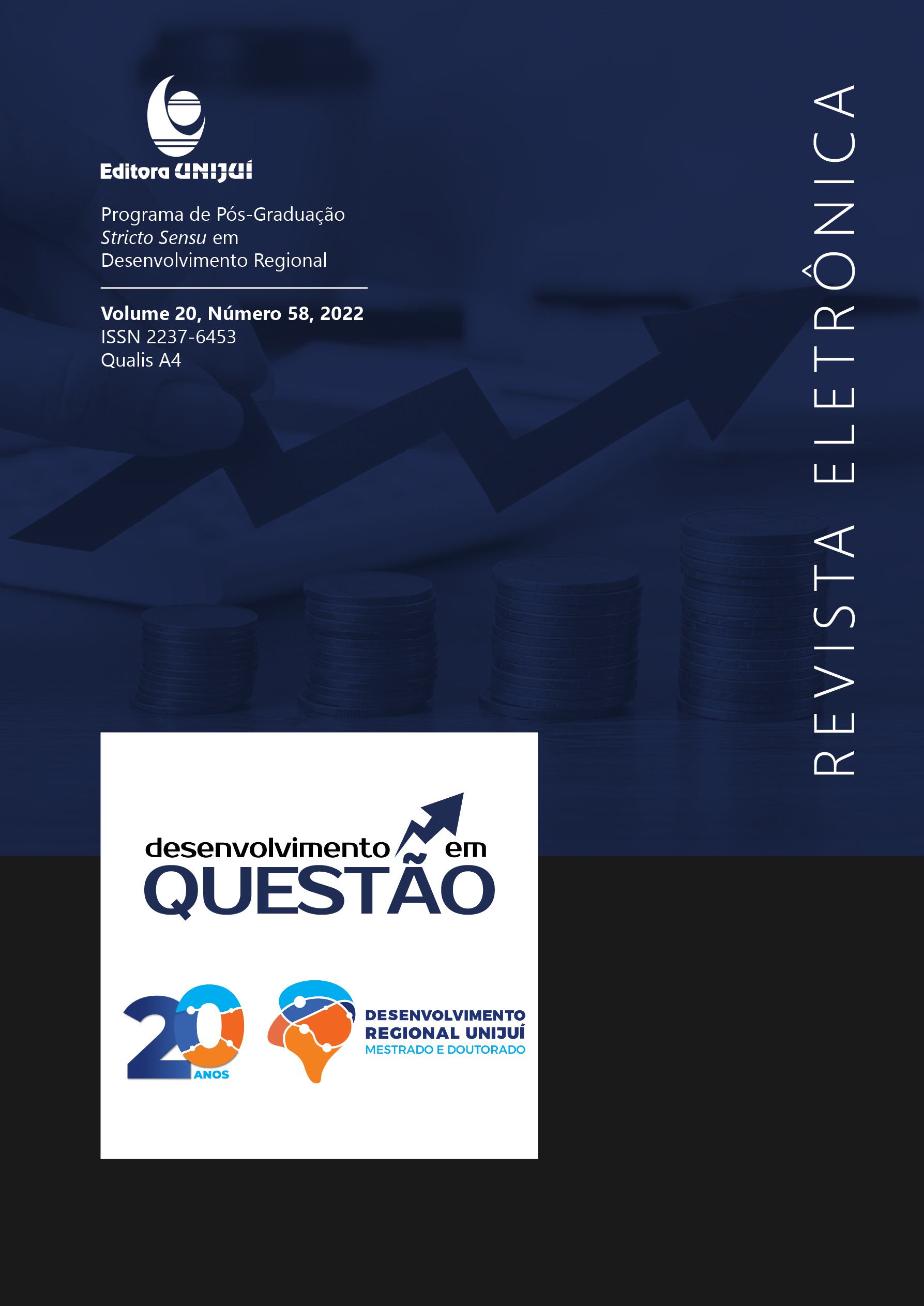Toxic leadership: development and validation of a measurement scale
DOI:
https://doi.org/10.21527/2237-6453.2022.58.12264Keywords:
Liderança, Liderança tóxica, Escala de mensuraçãoAbstract
The objective of this work was to develop and validate a toxic leadership scale. To that end, toxic leadership was adopted as a conceptual basis, discussing its concepts and investigating previous measurement efforts. As a methodological procedure, a quantitative research was carried out by means of a quantitative survey (survey) and treated using statistical techniques of exploratory factor analysis and confirmatory factor analysis, with structural equation modeling. Thus, at first, an effort was made to join and compare three previously developed scales: Schmidt (2008), Celebi, Güner and Yildiz (2015) and Yavas (2016). The initial model was translated and reviewed by a jury of experts. As a result, we obtained a model with 38 assertives distributed in three constructs that were validated by the indices of adequacy of the models of the techniques employed and, therefore, capable of evaluating the toxicity of leaders and their influence on the behavior of leaders.
Downloads
Published
How to Cite
Issue
Section
License
Copyright (c) 2022 Desenvolvimento em Questão

This work is licensed under a Creative Commons Attribution 4.0 International License.
By publishing in Revista Desenvolvimento em Questão, authors agree to the following terms:
All works are published under the Creative Commons Attribution 4.0 International License (CC BY 4.0), which allows:
Sharing — to copy and redistribute the material in any medium or format;
Adaptation — to remix, transform, and build upon the material for any purpose, even commercially.
These permissions are irrevocable, provided that the following terms are respected:
Attribution — authors must be properly credited, a link to the license must be provided, and any changes made must be indicated.
No additional restrictions — no legal or technological measures may be applied that legally restrict others from doing anything the license permits.
Notices:
The license does not apply to elements that are in the public domain or covered by legal exceptions.
The license does not grant all necessary rights for specific uses (e.g., image rights, privacy, or moral rights).
The journal is not responsible for the opinions expressed in the articles, which are the sole responsibility of the authors. The Editor, with the support of the Editorial Board, reserves the right to suggest or request modifications when necessary.
Only original scientific articles presenting research results of interest that have not been previously published or simultaneously submitted to another journal with the same purpose will be accepted.
Mentions of trademarks or specific products are intended solely for identification purposes and do not imply any promotional relationship by the authors or the journal.
License Agreement (for articles published from 2025 onward): Authors retain the copyright to their article and grant Revista Desenvolvimento em Questão the right of first publication.











